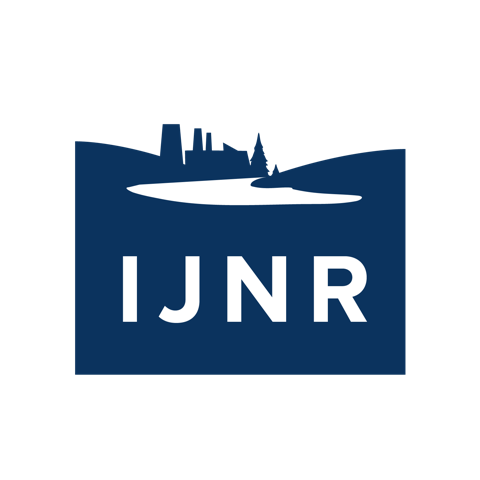Virtual Workshop:
Wildfire in the West
April 22 + 23, 2021
In 2020, more than 4 million acres burned in California, nearly doubling the previous record. Washington State’s Department of Natural Resources responded to nearly 2,000 individual fires. In Oregon, more than 4,000 homes burned, compared to just 93 in the previous five years combined.
There’s no question that wildfires are breaking records with each passing year, and the accompanying headlines traffic heavily in superlatives - and with good reason, as many fires are burning hotter, faster, bigger, and exacting a higher financial and human cost than ever before. But while the numbers themselves are striking, do they tell the whole story? How can history, culture, and science help interpret these numbers, and provide necessary context to understand the bigger picture of fire —and the future of fire — in the American West?
The Institute for Journalism & Natural Resources hosted a two-day virtual workshop to address those very questions, and hear from some of the leading voices in the field about how we need to shift our thinking about fire if we’re ever going to learn to live alongside it.
Participating journalists heard about topics including:
How a century of fire management practices got us to where we are now, and why those practices won’t solve our current problems.
Building ignition, zoning, and how individuals and communities can plan ahead for the eventuality of fire.
Impacts of fire on air and water quality, and the accompanying consequences for public health and ecosystem health.
Indigenous relationships with fire, and what Eurocentric fire management approaches can learn from thousands of years of traditional knowledge.
The need to bring fire back to the landscape, and how prescribed burning can help more than just the land itself.
On-the-ground realities of fighting fire, and the challenges crews face as fire seasons get longer and more taxing.
Fire-adapted ecosystems, and what it means to include fire as a necessary disturbance for healthy forests or grasslands.
Participating Journalists
Itinerary
Post-Workshop Stories
Please see our Resources page for session recordings.

